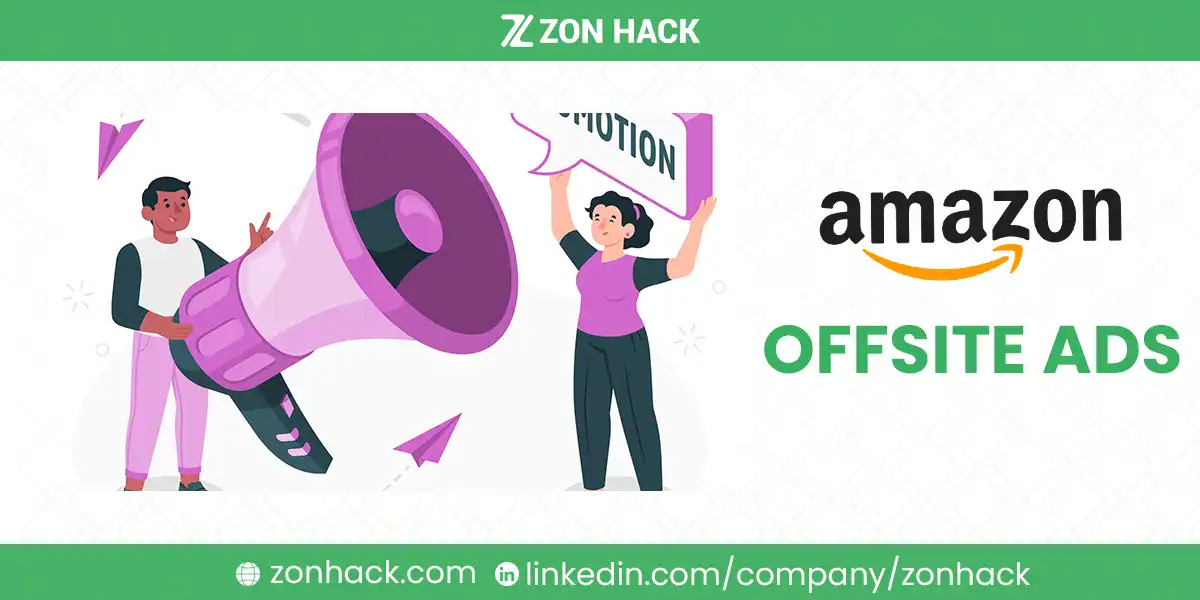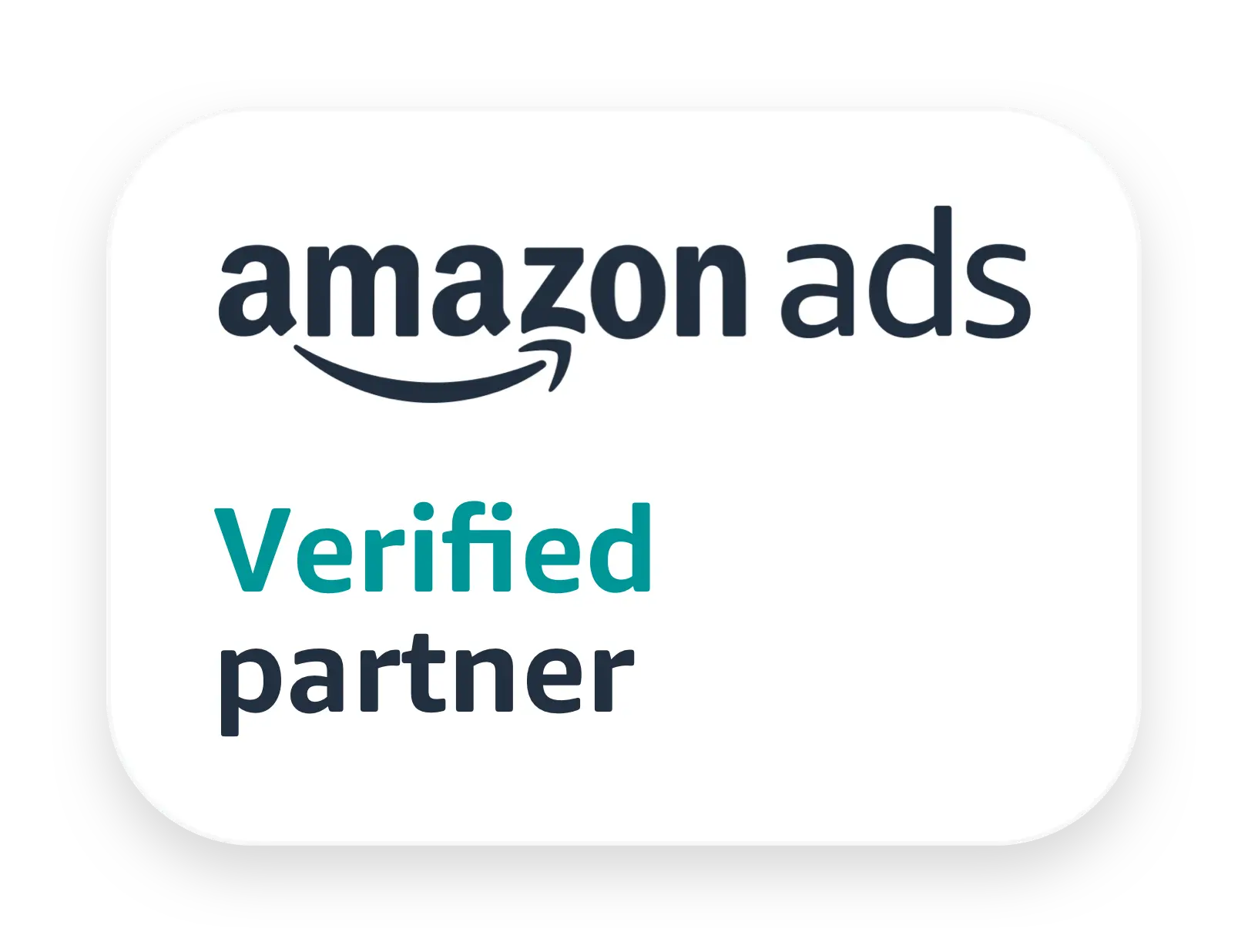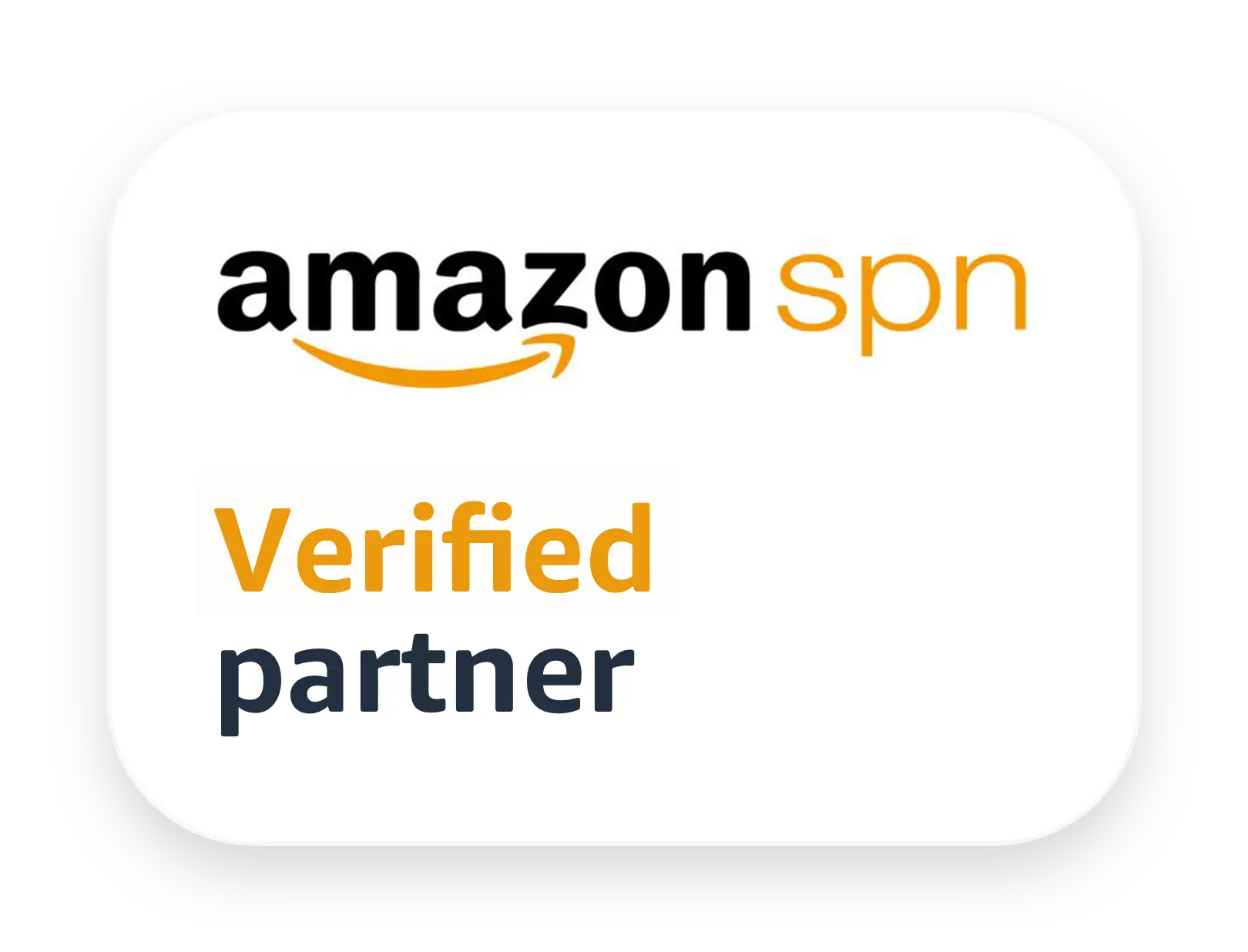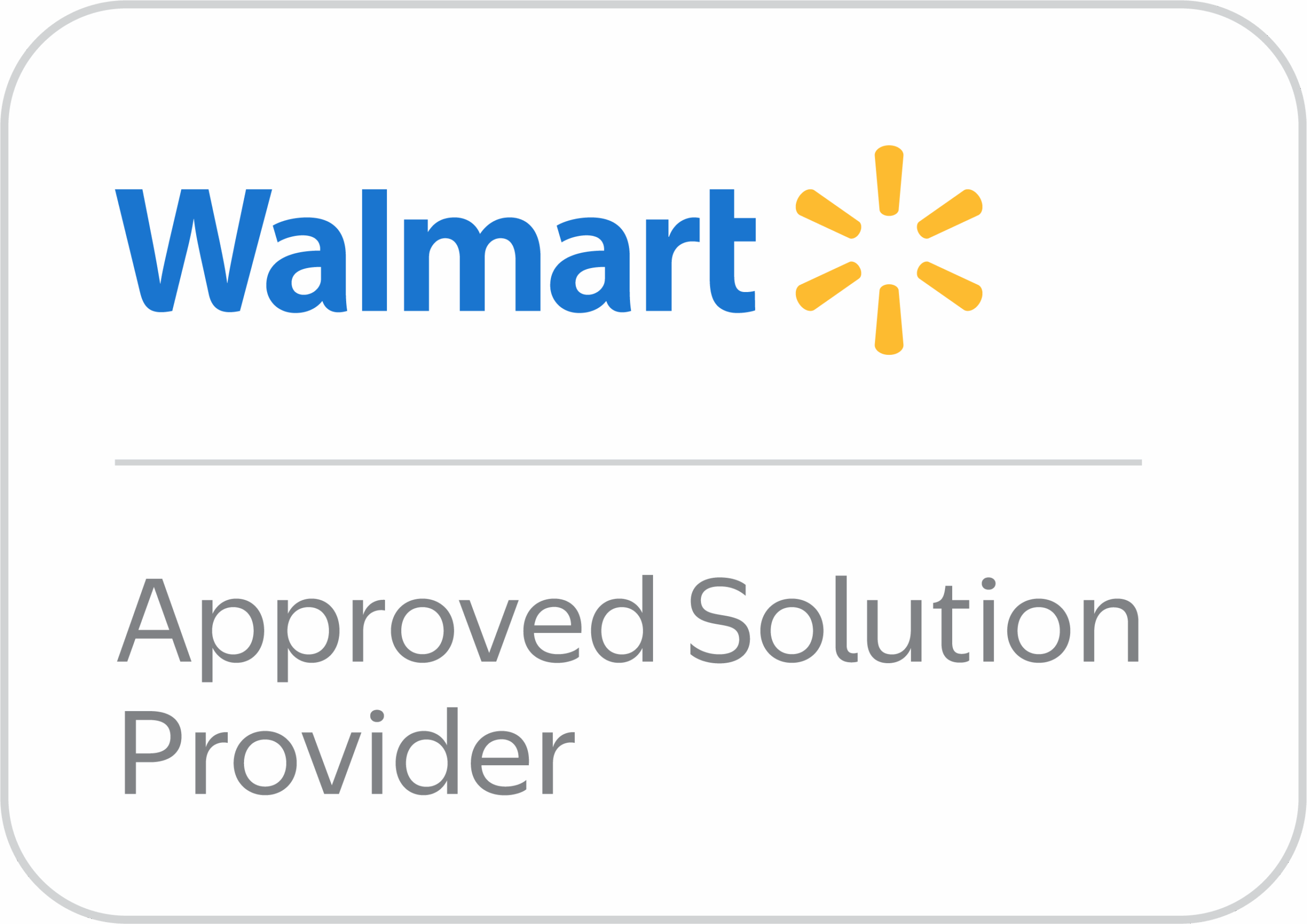Amazon is a fortress. A walled garden, as marketers like to say.
Its ecosystem is closed, its algorithms opaque, and its ad costs? Climbing. In 2025, the average CPC (Cost-Per-Click) for Sponsored Products has risen to over $1.35, with competitive niches seeing far higher spikes. For many sellers, that means higher ad spend, but not necessarily higher returns.
So what do you do when you’re boxed in?
You scale outward.
That’s where Amazon Offsite Ads come in. These are real Amazon ads—not influencer promos or social media hacks—but actual Sponsored Products and Sponsored Display placements shown outside of Amazon. Think BuzzFeed, Pinterest, games, apps, and major media sites.
This isn’t just about new ad space. It’s about reaching shoppers before they land on Amazon. Earlier in the funnel. When they’re still discovering, still browsing, and still persuadable.
At ZonHack, we see this shift as a massive opportunity. Our clients are leveraging offsite traffic not just to find new customers—but to build smarter, multi-touch funnels that drive incremental sales at scale.
What Are Amazon Offsite Ads?
Amazon Offsite Ads are native Amazon ad formats—primarily Sponsored Products and Sponsored Display—that appear outside of Amazon.com.
They’re distinct from two common types of external promotion:
- Onsite Amazon Ads: Like Sponsored Products or Sponsored Brands shown within Amazon.
- Off-Amazon brand marketing: Like TikTok ads, Instagram posts, or influencer campaigns that you create and manage.
The new wave of offsite Amazon ads blurs those lines.
Here’s what’s different: Offsite ads are still Amazon-managed ads. But now, they show up on places like Pinterest, BuzzFeed, or Raptive-owned blogs. They link directly to your Amazon product listings, just like any Sponsored Product. Same ad format. Same trust signals. Just in new digital territory.
And for sellers willing to test these placements?
It opens a new growth channel—one with scale, targeting, and brand-safe infrastructure built in.
At ZonHack, we integrate these offsite opportunities directly into our clients’ Amazon PPC strategy. The result? A unified funnel that spans both Amazon and the wider web.
Key Offsite Ad Formats Offered by Amazon
1. Sponsored Display (Offsite Enabled)
Amazon’s Sponsored Display campaigns can now reach far beyond Amazon.com.
These ads appear across Amazon-owned properties and third-party websites and mobile apps. They’re powerful for retargeting, but also support upper-funnel reach using audience and contextual targeting.
Want to re-engage shoppers who browsed your product last week? Sponsored Display offsite can do that. Want to build awareness on lifestyle blogs or recipe sites? It can do that, too.
ZonHack insight: We use Sponsored Display offsite as a way to gently “pull” customers back toward high-converting products—without hammering them with high-CPC retargeting on Amazon.
2. Offsite Sponsored Products (OSSP)
This is the breakthrough format that’s reshaping Amazon PPC in 2025.
Offsite Sponsored Products (OSSP) take your existing SP ads and extend them to placements outside of Amazon. These are native ad units, meaning they look like editorial content or product suggestions on other sites—but they function exactly like SP ads.
Key benefit: Ads link directly to your Amazon Product Detail Page (PDP). That means buyers skip the distractions and go straight to checkout.
ZonHack Pro Tip: OSSP is especially effective for lifestyle-driven categories—think beauty, home, fashion—where buyers are browsing for inspiration on Pinterest or digital magazines.
3. Amazon DSP
Amazon’s Demand Side Platform (DSP) offers premium, audience-based targeting with placements both on and off Amazon.
This includes:
- Video ads
- OTT (over-the-top) streaming placements
- High-impact display units
But DSP isn’t cheap. It’s best suited for brands spending $10,000+ monthly on ads and looking to build awareness, not just conversions.
ZonHack POV: We manage DSP for clients with mature catalogs and aggressive goals—typically for product launches, seasonal pushes, or category dominance campaigns.
4. Managed Media & Custom Display
For enterprise brands, Amazon also offers Managed Media Services, which include custom creative, larger minimum spends, and account-level support from Amazon reps.
This channel is ideal for big moments—holiday rollouts, Prime Day promotions, or brand refreshes—but requires serious commitment.
Deep Dive: Offsite Sponsored Products (OSSP)
1. Why OSSP Is a Breakthrough
For the first time ever, your Sponsored Product ads can show up outside Amazon.com.
That changes everything.
You’re no longer limited to shoppers who are already on Amazon. You can now reach potential buyers before they start searching—on lifestyle blogs, Pinterest feeds, mobile games, and more.
It creates a bridge between awareness and conversion, making it possible to scale without fighting tooth and nail for space on Amazon’s crowded search results.
ZonHack Strategy: We run OSSP tests for emerging brands to unlock new customer segments. The goal? High-efficiency acquisition through diversified placements that don’t cannibalize existing Amazon sales.
2. Where OSSP Ads Show Up
You’ve probably seen OSSP ads without realizing it.
They appear on:
- Pinterest
- BuzzFeed
- Mashable
- Lifehacker
- Hearst Digital properties
- Raptive-backed blogs
- Mobile apps and niche content sites
Pinterest is especially effective because it combines visual discovery with purchase intent. When someone saves a living room idea and sees your couch ad? That’s gold.
ZonHack optimization tip: We monitor placement performance closely. If certain sites drive low-converting traffic, we blacklist them to protect your budget.
3. How OSSP Ads Look
These ads are auto-generated based on your Amazon listing. That means they:
- Show your product image
- Include the title
- Display price, star rating, review count
- Feature the Prime badge (if eligible)
Because shoppers recognize these elements from Amazon, OSSP ads tend to get higher CTRs than traditional display ads. They feel familiar. And that familiarity builds trust.
4. Where OSSP Ads Link
All OSSP placements send traffic directly to your Amazon Product Detail Page.
There’s no landing page, no opt-in form, no friction. Just a seamless native path to purchase.
This is what makes OSSP different from regular social ads: It mimics the Amazon experience—even off Amazon.
OSSP Targeting, Setup & Control
1. Targeting Mechanics
Amazon uses contextual targeting to place OSSP ads where they’re most relevant.
- On content websites, it looks at the page topic to match ads.
- On Pinterest or search-powered sites, ads may be placed based on keywords or visual themes.
- In mobile apps, behavior and engagement patterns inform ad delivery.
ZonHack’s Method: We group OSSP campaigns by intent stage—targeting discovery platforms separately from retargeting environments. That way, we can control budget and messaging more precisely.
2. Setup & Eligibility
One of the most exciting things about OSSP?
No extra setup needed.
If you’re running Sponsored Products in the U.S., Amazon may automatically extend those ads to offsite placements.
To qualify:
- Your product must be in stock
- Must offer Prime shipping
- Must meet Amazon’s ad quality standards
This includes images, pricing accuracy, and proper categorization.
Both automatic and manual SP campaigns are eligible. OSSP is applied to them dynamically.
3. Control Options
While you can’t toggle OSSP on/off directly, you can still influence how your budget is allocated.
Amazon provides:
- Placement bid modifiers to steer more or less spend toward offsite
- Domain and app exclusion lists to block low-quality or irrelevant traffic
ZonHack Tactic: We audit every client’s offsite placements monthly and curate exclusion lists to eliminate wasteful spend. This protects your ACoS and improves overall efficiency.
Performance Tracking & Optimization
Understanding performance is the difference between scaling with confidence and burning budget blindly. Amazon Offsite Ads—especially OSSP—offer several metrics, but they’re often scattered or misinterpreted. Here’s how to measure what really matters.
1. Metrics You Can Track
Offsite placements are now shown in placement reports within the Amazon Ads Console. You’ll see a distinct “Off-Amazon” category.
Key metrics include:
- Impressions
- Clicks
- Spend
- ROAS
- Units ordered
- Total sales
You can access these through the console directly or via API. But for a more nuanced understanding, serious advertisers need to go further.
2. Going Deeper with Amazon Marketing Cloud (AMC)
Amazon’s Marketing Cloud is the secret weapon of advanced PPC advertisers. Offsite Sponsored Product (OSSP) placements are tagged under “Others” in AMC datasets.
What can you track here?
- Cross-channel behaviors – Did the user click from Pinterest, browse, then later purchase via a retargeted Sponsored Display ad?
- Incremental sales lift – Are these ads pulling in net-new customers or cannibalizing existing ones?
- Halo effects – Are your branded search volumes increasing after running offsite ads?
ZonHack Insight: Our AMC-certified analysts build custom AMC dashboards that track long-term value, cross-channel conversion paths, and assist attribution to prove which ads are working—even when Amazon’s native reports don’t show the full picture.
Effectiveness, Benchmarks & Common Caveats
Are Amazon Offsite Ads worth the spend? That depends on how you measure success.
1. What the Data Shows
Amazon hasn’t published OSSP-wide benchmarks publicly. But based on agency and brand-reported results:
| Metric | On-Amazon SP | OSSP |
| Avg CPC | $0.80 – $1.50 | $0.30 – $0.90 |
| ACOS | 20% – 35% | 40% – 70% |
| New-to-Brand | 25% – 35% | 50%+ |
| CTR | 0.3% – 0.6% | 0.5% – 1.0% |
The higher ACOS might look concerning—until you understand why it happens.
OSSP ads are often upper-funnel. They reach users who aren’t yet searching on Amazon but are inspired to discover. Naturally, conversions take longer and require retargeting layers.
2. Don’t Judge by Last-Click Alone
Many sellers make the mistake of comparing OSSP’s ROAS directly with regular Sponsored Products. That’s shortsighted.
The true value of OSSP lies in:
- Incremental reach: Get in front of users before they search.
- Increased branded search: Exposure on Pinterest or BuzzFeed leads to brand searches on Amazon days later.
- Customer acquisition: These are new-to-brand shoppers who may reorder.
ZonHack Approach: We advise clients to evaluate OSSP performance holistically, combining metrics like branded lift, new-to-brand %, and long-term contribution—not just last-click ROAS.
Beyond OSSP: Driving External Traffic to Amazon Yourself
While Amazon’s native OSSP placements are powerful, they’re not the only way to drive external traffic. In fact, you can build your own offsite traffic funnels that send users to your Amazon listings.
1. Why Manual External Traffic Works
Amazon’s algorithm rewards listings that bring in traffic from other platforms.
The benefits:
- Improved Best Seller Rank (BSR)
- Better keyword ranking in Amazon search
- Higher conversion rates from warmed-up traffic
- Greater control over creatives and messaging
This traffic is more than just a boost—it becomes a growth lever.
2. External Channels That Work
Some of the most effective traffic sources for Amazon are:
- Meta Ads (Facebook & Instagram) – Still dominant for impulse products and retargeting.
- Pinterest Ads – Especially effective for lifestyle and visual categories.
- Google Search Ads – Capture early-stage intent and comparisons like “best air purifier on Amazon.”
- YouTube Ads – Powerful for product demos and top-of-funnel awareness.
- TikTok Spark Ads – Emerging channel for viral-style conversions.
- Influencer Collaborations – Using affiliate tracking or Amazon Attribution links.
- Email Blasts – For warm audiences or product launches.
3. Pixel Tracking, Retargeting & Attribution
Unlike native Amazon ads, your own offsite traffic lets you:
- Track users via Meta Pixel or Google Tag.
- Retarget drop-offs with warm messaging.
- Test different landing pages or A/B creatives.
- See multi-touch attribution using Amazon Attribution links.
ZonHack Solution: We build omnichannel funnels where Meta or TikTok traffic warms up audiences, and Amazon listings convert them. Then we use retargeting and email flows to bring them back post-purchase.
How ZonHack Helps You Win With Offsite Amazon Ads
At ZonHack, we don’t just manage Amazon ads. We build complete Amazon growth ecosystems—and that includes mastering offsite traffic.
Here’s how we help brands scale using OSSP and beyond:
1. Full Amazon Offsite Ad Management
- Sponsored Products, OSSP, Sponsored Display, and DSP
- Campaign segmentation based on audience intent
- Contextual placement mapping and exclusions
2. Brand-Safe Offsite Optimization
- We audit offsite placements to remove low-quality domains.
- Apply exclusion lists and placement-level bidding strategies.
- Ensure your ads don’t appear on irrelevant or harmful sites.
3. Custom AMC Reporting
- Track halo effects from OSSP.
- Quantify new-to-brand customers.
- Identify cross-channel sales paths and assisted conversions.
4. Multi-Touch Funnel Building
- Run external ads on Pinterest, Meta, TikTok, and Google.
- Layer in attribution and retargeting flows.
- Create cohesive funnels from discovery → click → conversion → repurchase.
Final Words: What the Future Holds
Amazon isn’t just an eCommerce platform anymore. It’s becoming an advertising empire—and its reach is expanding beyond its own walls.
Offsite Sponsored Products (OSSP) are just the beginning. Over the next year, we expect:
- More control over OSSP placements and reporting
- Smarter audience targeting across non-Amazon media
- Deeper integrations with influencers, video, and UGC
- More sellers realizing that external traffic is the key to scale
ZonHack’s Bottom Line: If you’re still relying on Amazon’s native search results alone, you’re missing out. The future is multi-channel, full-funnel, and off-Amazon.




